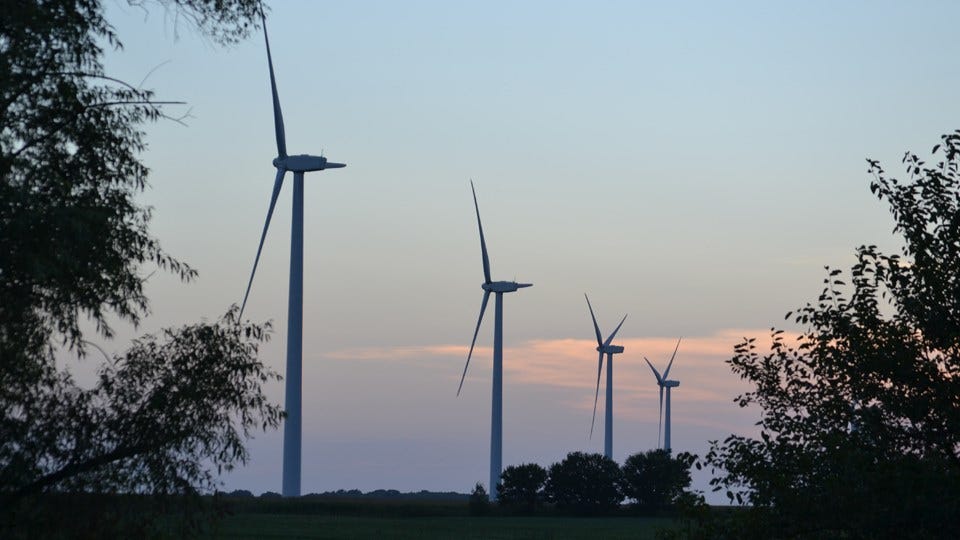Indiana farmland values push higher
Subscriber Benefit
As a subscriber you can listen to articles at work, in the car, or while you work out. Subscribe Now
A new report from the Seventh Federal Reserve District in Chicago shows the value of good Indiana farmland has skyrocketed over the past 12 months, climbing 25% compared to the same period last year. The Fed’s quarterly land values report shows the increase over the past three months was not as strong, climbing just one percent between April and July of this year.
District-wide, which includes all or part of Indiana, Illinois, Iowa, Michigan and Wisconsin, land values surged 22% year over year and two percent higher than the first quarter 2022.
Of the five states, Indiana had the second-highest year-over-year increase, coming in just behind Iowa’s 26% jump.
“In the second quarter, we saw a continued surge in the value of available farmland, but that surge may have reached its peak. Seventy-one percent of our survey respondents expect the value of farmland to be stable in the fall,” David Oppedahl, senior business economist at the Chicago Fed
The fed’s report is in line with agricultural economists from Purdue University who this week reported Indiana farmland prices hit record highs. The annual Purdue Farmland Value and Cash Rents Survey shows top-quality farmland averaged $12,808 per acre between June 2021 and June 2022, up nearly 31% over the prior 12-month period.
The Federal Reserve Banks’s report is based on surveys of 137 bankers that serve the agricultural sector throughout the Midwest. Oppedahl says several respondents mentioned buyers from outside agriculture were helping to push farmland values higher, indicating demand had remained healthy.
“The investment community has been known to see farmland as a hedge against inflation,” said Oppedahl.
A Wisconsin banker said there were “too many buyers seeking too few acres,” with “outside interest from nonfarm buyers still strong.”
Oppedahl says at least three-quarters of survey respondents in Illinois, Indiana, and Iowa were of the view that farmland was overvalued. None of the respondents viewed agricultural ground as undervalued.
Click here to view the report.
